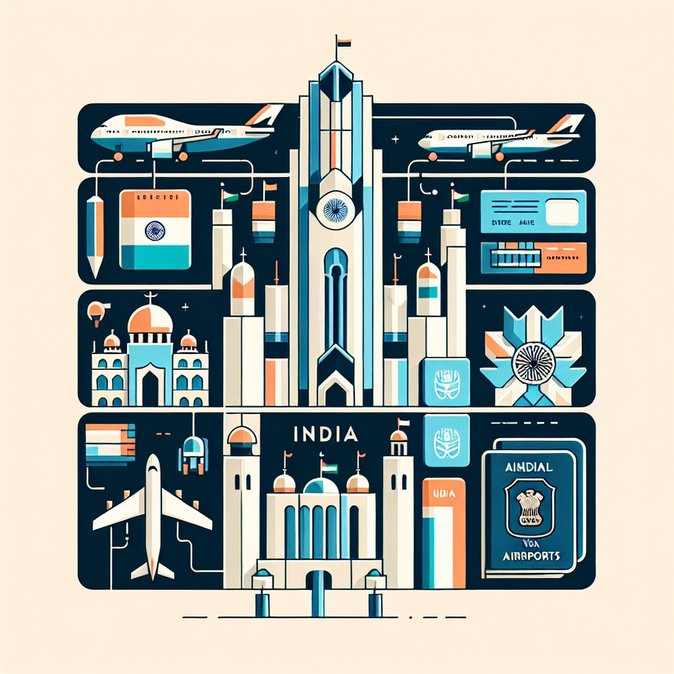
In a boost for bilateral tourism and short-term business travel, India on 24 November expanded its visa-on-arrival (VoA) programme for Emirati citizens from six to nine international gateways. The policy, published by the Ministry of Home Affairs and reported by industry journal Travel & Tour World, adds Cochin, Calicut and Ahmedabad airports to the existing list (Delhi, Mumbai, Kolkata, Chennai, Bengaluru and Hyderabad). Eligible UAE travellers who have previously held an Indian e-visa or regular visa may now obtain a double-entry VoA for up to 60 days.
The change eliminates pre-departure paperwork for many UAE-based executives whose schedules demand rapid trips to India’s commercial hubs. Trade between the two countries has surged since the Comprehensive Economic Partnership Agreement (CEPA) entered into force in 2022; Indian officials expect the easier entry regime to accelerate post-pandemic recovery in meetings, incentives, conferences and exhibitions (MICE) traffic.
![India extends Visa-on-Arrival to UAE nationals at nine airports]()
From a compliance perspective, travellers must still show a passport valid for six months, proof of funds, accommodation confirmation and onward travel. Emirati citizens with Pakistani lineage remain excluded, reflecting India’s long-standing security carve-out. The fee—set at ₹2,000—can be paid in cash (rupees) or foreign currency on arrival.
Multinational mobility teams should update internal travel-approval platforms to reflect the wider port coverage and remind employees that the facility may be used multiple times per calendar year. Companies with operations in southern India will benefit most, as Cochin and Calicut handle a growing share of flights from Dubai, Sharjah and Abu Dhabi.
Strategically, the move signals India’s intention to compete with ASEAN hubs for Gulf tourism and investment. UAE carriers already operate more than 500 flights a week to India; analysts predict seat factors will climb during the peak December holiday period, so early booking remains advisable.
The change eliminates pre-departure paperwork for many UAE-based executives whose schedules demand rapid trips to India’s commercial hubs. Trade between the two countries has surged since the Comprehensive Economic Partnership Agreement (CEPA) entered into force in 2022; Indian officials expect the easier entry regime to accelerate post-pandemic recovery in meetings, incentives, conferences and exhibitions (MICE) traffic.

From a compliance perspective, travellers must still show a passport valid for six months, proof of funds, accommodation confirmation and onward travel. Emirati citizens with Pakistani lineage remain excluded, reflecting India’s long-standing security carve-out. The fee—set at ₹2,000—can be paid in cash (rupees) or foreign currency on arrival.
Multinational mobility teams should update internal travel-approval platforms to reflect the wider port coverage and remind employees that the facility may be used multiple times per calendar year. Companies with operations in southern India will benefit most, as Cochin and Calicut handle a growing share of flights from Dubai, Sharjah and Abu Dhabi.
Strategically, the move signals India’s intention to compete with ASEAN hubs for Gulf tourism and investment. UAE carriers already operate more than 500 flights a week to India; analysts predict seat factors will climb during the peak December holiday period, so early booking remains advisable.








